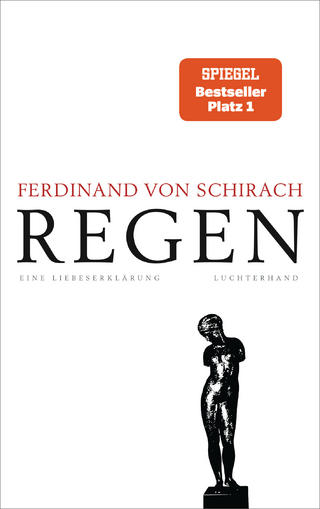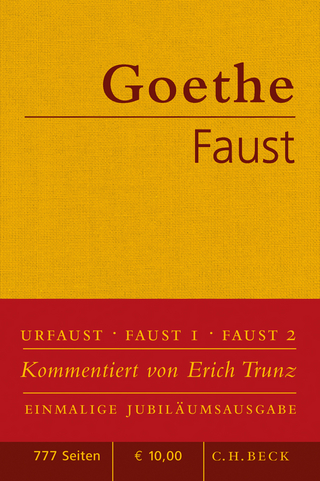
Shakespeare and the Culture of Romanticism
Routledge (Verlag)
978-1-138-25382-7 (ISBN)
Joseph M. Ortiz is Associate Professor of English at the University of Texas at El Paso, USA.
Contents: Introduction, Joseph M. Ortiz; Part I Rethinking the Romantic Critic: ’Small reverence for station’: Walter Savage Landor’s subversive Shakespeare, David Chandler; Peer reviewed: Elizabeth Inchbald’s Shakespeare criticism, Karen Bloom Gevirtz; ’My God! Madam, there must be only one black figure in this play': Hamlet, Ophelia and the Romantic hero, Karen Britland. Part II Shakespeare and the Making of the Romantic Poet: The state of unfeigned nature: poetic imagination from Shakespeare to Wordsworth, Thomas Festa; ’Mature poets steal’: Charlotte Smith’s appropriations of Shakespeare, Joy Currie; The sublimity of Hamlet in Emily Dickinson’s ’He fumbles at your soul’, Marianne Noble. Part III The Romantic Stage: ’The translucence of eternity in time’: Shakespeare and Coleridge’s Zapolya, Paola Degli Esposti; Contextual hauntings: Shakespearean ghosts on the Gothic stage, Francesca Saggini; Shakespeare reception in France: the case of Ambroise Thomas’s Hamlet, Suddhaseel Sen. Part IV Harnessing the Renaissance: Markets, Religion, Politics: Reconstructing the Boydell Shakespeare Gallery, Ann R. Hawkins; Pericles and the spiritual wisdom of Joanna Baillie’s sacred dramas The Martyr and The Bride, Marjean D. Purinton and Marliss C. Desens; A written warning: Lady Caroline Lamb, noblesse oblige, and the works of John Ford, Leigh Wetherall-Dickson; Bibliography; Index.
| Erscheinungsdatum | 19.11.2016 |
|---|---|
| Verlagsort | London |
| Sprache | englisch |
| Maße | 156 x 234 mm |
| Gewicht | 453 g |
| Themenwelt | Literatur ► Lyrik / Dramatik ► Dramatik / Theater |
| Kunst / Musik / Theater ► Theater / Ballett | |
| Geisteswissenschaften ► Sprach- / Literaturwissenschaft ► Anglistik / Amerikanistik | |
| Geisteswissenschaften ► Sprach- / Literaturwissenschaft ► Literaturgeschichte | |
| Geisteswissenschaften ► Sprach- / Literaturwissenschaft ► Literaturwissenschaft | |
| ISBN-10 | 1-138-25382-0 / 1138253820 |
| ISBN-13 | 978-1-138-25382-7 / 9781138253827 |
| Zustand | Neuware |
| Haben Sie eine Frage zum Produkt? |


